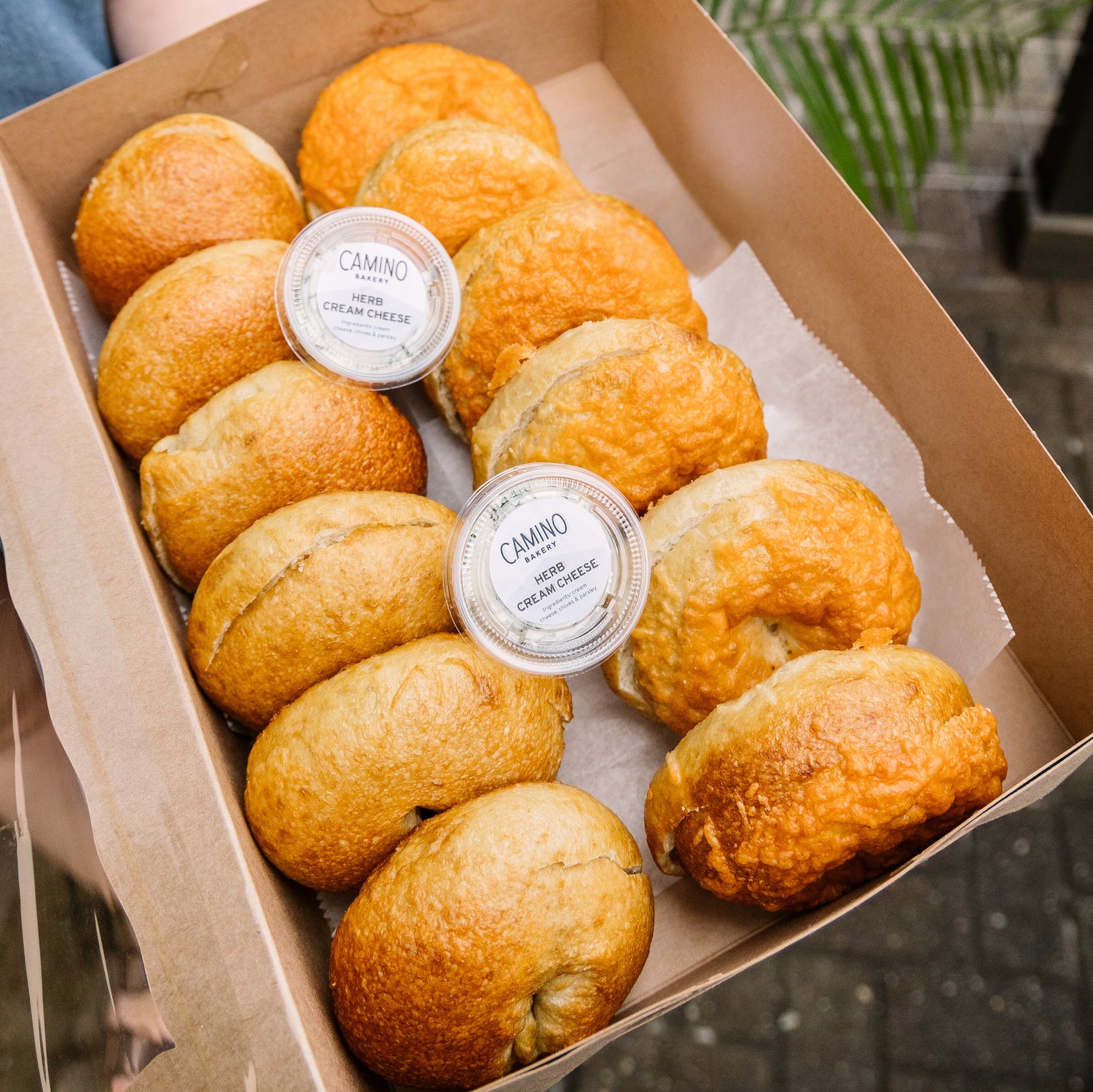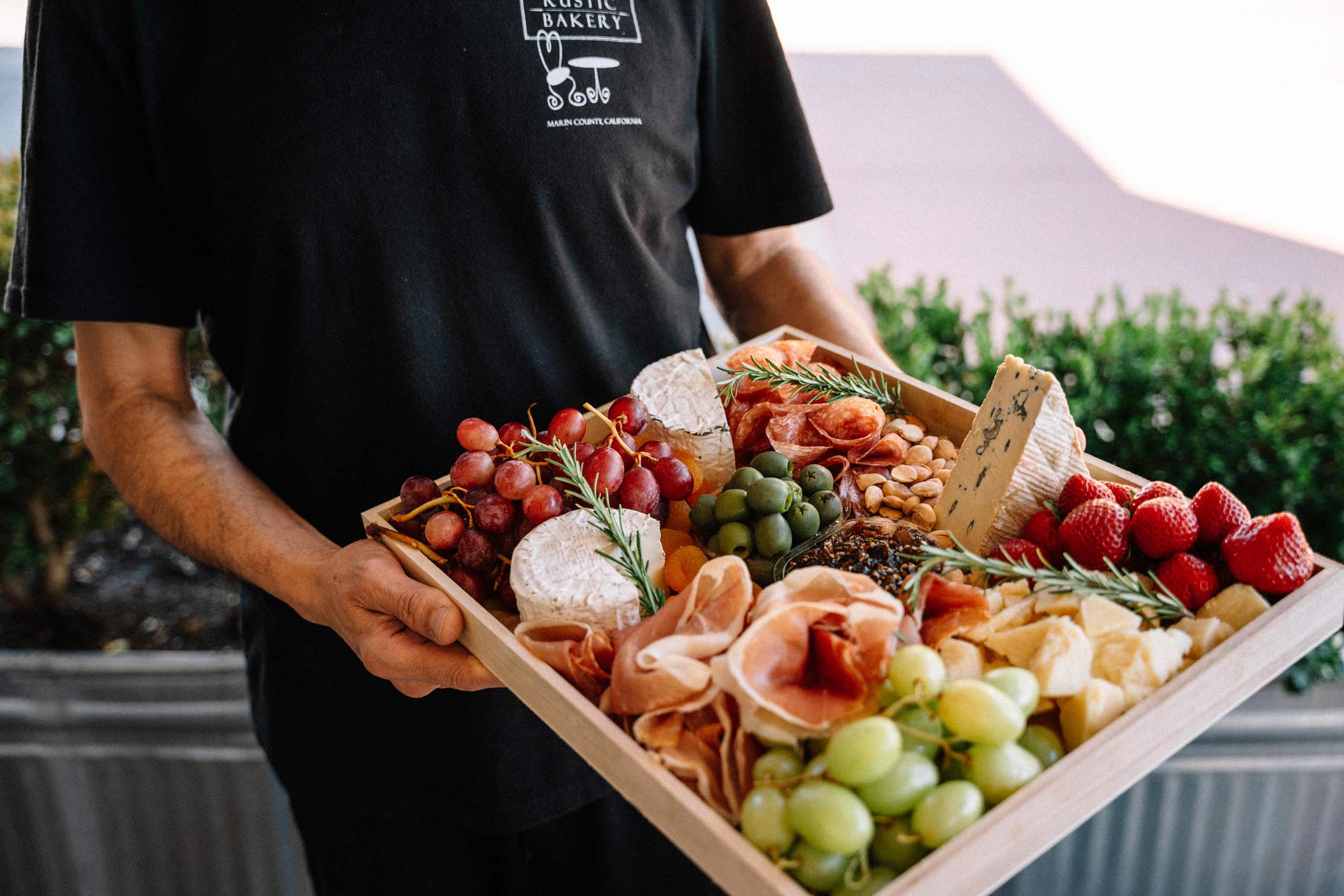Delicious Options in Finger Food Catering Maddington for All Ages
Delicious Options in Finger Food Catering Maddington for All Ages
Blog Article
Comprehending the Art of Bakery Products: From Newly Baked Breads to Alluring Pastries and Finger Foods
The intricate art of bakery items incorporates a spectrum of methods and components that transform basic components into culinary delights. From the science behind the perfect loaf of bread, where fermentation and gluten growth play crucial duties, to the skill required for developing layered pastries, each facet reveals an engaging story of workmanship. Furthermore, the versatility of finger foods highlights just how taste and appearance can be artfully incorporated to involve varied taste choices. As we check out these elements, one might question: what underlying concepts control the success of these precious creations?
The Science of Bread Making
At the heart of every loaf of bread exists a remarkable interaction of chemistry and biology. The procedure of bread making begins with the combination of flour, water, salt, and yeast-- each active ingredient playing an essential function in the end product. Flour has healthy proteins, largely glutenin and gliadin, which, when blended with water, form gluten (Birthday Catering Maddington). This elastic network is vital for trapping gases produced during fermentation.
Yeast, a living organism, ferments the sugars present in the flour, generating co2 and alcohol in the process. The carbon dioxide gas produces bubbles in the dough, creating it to rise and develop a light structure. The temperature level and moisture during fermentation dramatically influence yeast activity and, consequently, the bread's flavor and texture.

Learning Pastry Techniques
Exactly how can one accomplish the fragile balance of structure and flavor that specifies exceptional bread? Mastering pastry methods requires a deep understanding of components, techniques, and the scientific research behind them. Basic to this craft is the selection of high-quality ingredients-- flour, butter, sugar, and eggs-- each playing a vital duty in the last item's taste and texture.
The strategy of lamination, which involves folding layers of dough and butter, develops the desired flakiness in pastries like croissants and smoke bread. Precision in temperature is essential, as butter must remain chilly to make sure optimal layers. Similarly, correct blending techniques, such as the creaming strategy for cakes, make sure even consolidation of air and fat, leading to a light and ventilated crumb.
Furthermore, keeping the right humidity levels during cooking can substantially affect the end result, guaranteeing that breads increase properly and achieve that golden-brown coating. The art of pastry likewise demands perseverance and practice; each effort enhances one's skill and understanding of the detailed equilibrium needed to produce tempting breads that delight the detects. Mastery in these methods eventually distinguishes an experienced pastry chef from an amateur.
Sorts Of Finger Foods
The world of culinary thrills expands beyond breads to encompass a wide variety of finger foods, which are celebrated for their ease and adaptability. These bite-sized treats are best for social gatherings, offering a variety of tastes and textures that accommodate diverse tastes.

On the sweeter side, small tarts and bite-sized cupcakes supply a delightful coating to any type of meal, interesting those with a wonderful tooth. Cheese and charcuterie boards serve as a sophisticated choice, enabling guests to customize their attacks with a selection of meats, cheeses, nuts, and fruits.
Taste Profiles in Cooking
Baking is an intricate dance of flavor profiles that combines sweet, full-flavored, and umami notes to produce an unified experience for the taste. Recognizing these profiles is vital for bakers looking for to boost their developments.
Ingredients such as chocolate and caramel present complex sweet notes that can either dominate or enhance other tastes. Ingredients like cheeses, spices, and natural herbs can transform a basic dough right into a complex taste experience.
Umami, frequently neglected in baking, plays a significant role in enriching tastes. Ingredients such as aged cheeses, fermented items, or even certain nuts contribute to a savory deepness that improves overall preference.
Furthermore, the interplay of acidity from active ingredients like buttermilk or citrus passion can lighten up flavors, using a refreshing counterpoint to sweet taste. By thoughtfully integrating these flavor profiles, bakers can craft products that resonate with varied tastes, developing an unforgettable culinary experience. Inevitably, mastering taste profiles is crucial to development in the globe of baking.
Essential Cooking Devices and Components
Understanding flavor accounts in cooking collections the phase for choosing the right devices and ingredients that help with the production of remarkable baked items. The foundation of effective baking depend on having crucial tools available. Secret items consist of blending bowls, determining cups, and spoons for precision, as well as a durable stand mixer or hand mixer for simple and easy mixing. A trustworthy collection of baking pans-- such as sheet pans, loaf pans, and Learn More cake pans-- is critical for accomplishing preferred appearances and forms.
Flour serves as the foundation of check this many dishes; picking the appropriate type-- be it bread, bread, or all-purpose flour-- can substantially influence the result. Cooking powder and baking soda are important for producing lift in breads and cakes.
In addition, including taste enhancers like vanilla essence, spices, and citrus passion can raise your developments. By making sure access to these essential tools and ingredients, bakers can confidently start their cooking trip, crafting a diverse range of delightful baked items.
Final Thought
In verdict, the art of bakeshop items incorporates a profound understanding of both scientific principles and innovative techniques. Mastery in bread making, pastry preparation, and finger food discussion discloses the elaborate partnerships between active ingredients and procedures. Additionally, checking out diverse flavor profiles enriches the baking experience, while important devices and ingredients give the foundation for success. Ultimately, the captivating globe of baking flourishes on the unified interaction of scientific research and imagination, causing a myriad of fascinating culinary developments.
How can one achieve the fragile equilibrium of texture and taste that defines remarkable pastry? Basic go to my blog to this craft is the selection of premium active ingredients-- flour, butter, sugar, and eggs-- each playing a critical function in the last item's taste and appearance.

Understanding taste accounts in cooking collections the stage for choosing the right devices and ingredients that facilitate the creation of remarkable baked goods. Exploring varied taste profiles enriches the baking experience, while important devices and components provide the structure for success.
Report this page